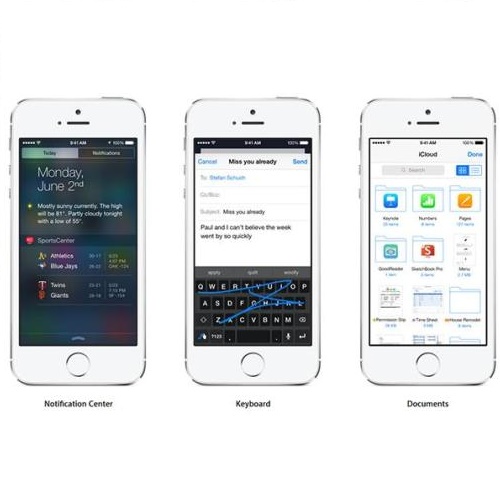
Many machine learning applications can benefit from simulated data for systematic validation - in particular if real-life data is difficult to obtain or annotate. However, since simulations are prone to domain shift w.r.t. real-life data, it is crucial to verify the transferability of the obtained results. We propose a novel framework consisting of a generative label-to-image synthesis model together with different transferability measures to inspect to what extent we can transfer testing results of semantic segmentation models from synthetic data to equivalent real-life data. With slight modifications, our approach is extendable to, e.g., general multi-class classification tasks. Grounded on the transferability analysis, our approach additionally allows for extensive testing by incorporating controlled simulations. We validate our approach empirically on a semantic segmentation task on driving scenes. Transferability is tested using correlation analysis of IoU and a learned discriminator. Although the latter can distinguish between real-life and synthetic tests, in the former we observe surprisingly strong correlations of 0.7 for both cars and pedestrians.
翻译:许多机器学习应用可受益于用于系统验证的模拟数据 -- -- 特别是在实际数据难以获得或注释的情况下。然而,由于模拟容易发生域变(W.r.t.)实际寿命数据的变化,因此核实所取得结果的可转移性至关重要。我们提议了一个新框架,其中包括基因标签到图像综合模型,以及不同的可转移措施,以检查我们在多大程度上能够将语义分解模型的测试结果从合成数据转移到等同真实寿命数据。如果稍作修改,我们的方法可以扩大到一般多级分类任务。基于可转移性分析,我们的方法还允许通过采用受控模拟进行广泛测试。我们用经验验证了我们在驾驶场的语义分解任务上的做法。通过对IoU和学会的区别分析,对可转移性进行了测试。虽然前者可以区分真实生命和合成测试,但在前者我们观察到汽车和行人之间有0.7的惊人强烈相关性。


